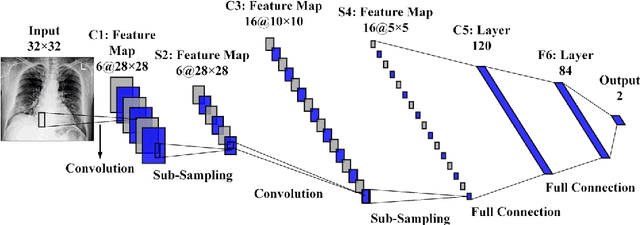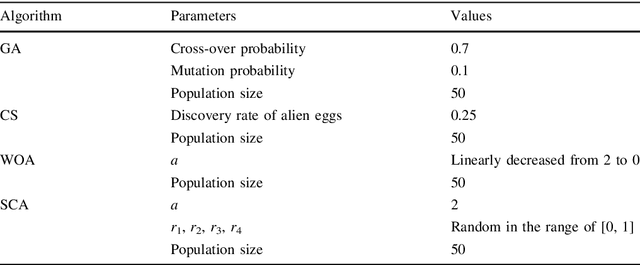Evolving Deep Convolutional Neural Network by Hybrid Sine-Cosine and Extreme Learning Machine for Real-time COVID19 Diagnosis from X-Ray Images
Paper and Code
May 14, 2021



The COVID19 pandemic globally and significantly has affected the life and health of many communities. The early detection of infected patients is effective in fighting COVID19. Using radiology (X-Ray) images is perhaps the fastest way to diagnose the patients. Thereby, deep Convolutional Neural Networks (CNNs) can be considered as applicable tools to diagnose COVID19 positive cases. Due to the complicated architecture of a deep CNN, its real-time training and testing become a challenging problem. This paper proposes using the Extreme Learning Machine (ELM) instead of the last fully connected layer to address this deficiency. However, the parameters' stochastic tuning of ELM's supervised section causes the final model unreliability. Therefore, to cope with this problem and maintain network reliability, the sine-cosine algorithm was utilized to tune the ELM's parameters. The designed network is then benchmarked on the COVID-Xray-5k dataset, and the results are verified by a comparative study with canonical deep CNN, ELM optimized by cuckoo search, ELM optimized by genetic algorithm, and ELM optimized by whale optimization algorithm. The proposed approach outperforms comparative benchmarks with a final accuracy of 98.83% on the COVID-Xray-5k dataset, leading to a relative error reduction of 2.33% compared to a canonical deep CNN. Even more critical, the designed network's training time is only 0.9421 milliseconds and the overall detection test time for 3100 images is 2.721 seconds.
 Add to Chrome
Add to Chrome Add to Firefox
Add to Firefox Add to Edge
Add to Edge